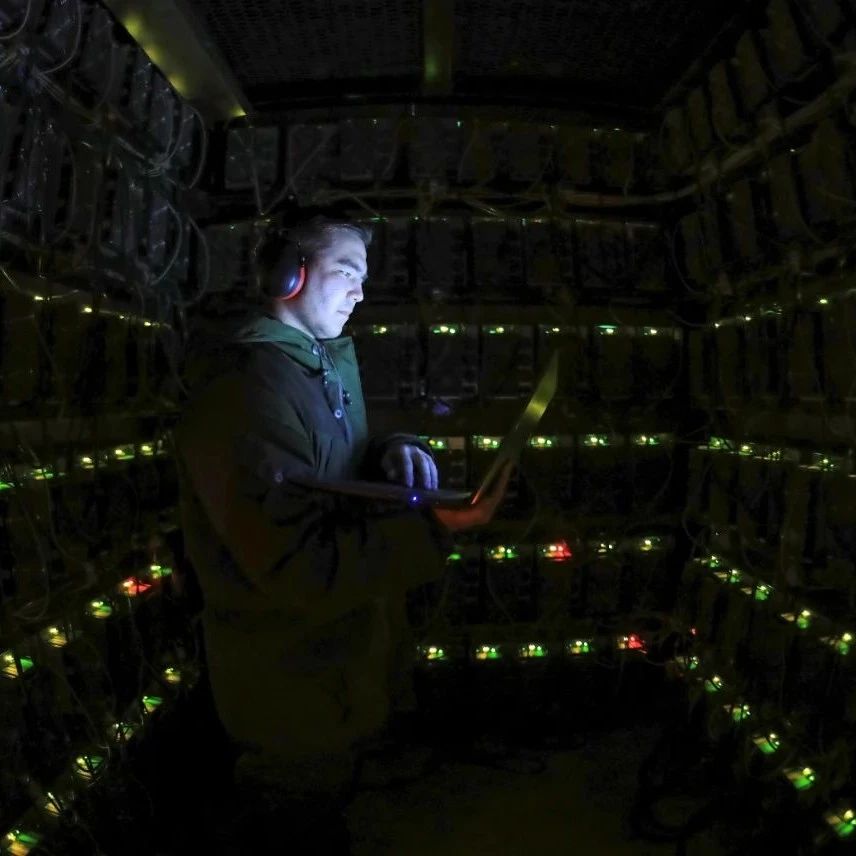Positive climate tipping points can help us achieve lasting, cascading progress in tackling climate change.
Image source:Getty Images/iStockphoto
Tim Lenton
Founding Director of the Global Systems Institute at the University of Exeter
Progress on climate action is moving too slowly to achieve the goals of the Paris Climate Agreement.
To safeguard global life and livelihoods, today’s actions must focus on reaching a positive tipping point. Once achieved, this will trigger cascading benefits.
The biggest positive turning point is adopting a better measure of progress than GDP growth.
We’re moving far too slowly to tackle climate change—this much is well known. As heatwaves sweep across the U.S., the Middle East, and other regions, we’re starting to get a glimpse of what a world warmed by 1.5°C might look like. To break free from this predicament, we need to shift our mindset and revamp our strategies.The only reliable way for us to now achieve the Paris Agreement and limit global warming to below 2°C is to identify and trigger positive tipping points—actions that could dramatically accelerate progress. Currently, our pace of decarbonization is more than five times too slow. We need to take similarly bold steps not only to halt the destruction of nature but also to begin restoring and regenerating our life-support systems.Progressive change simply cannot solve the problem—this is clearly demonstrated by the research in the "Global Tipping Points" report. In fact, incremental changes could push us past Earth's critical thresholds, potentially driving global temperatures up by 2.5°C or 3°C. Such a scenario would expose billions of people to dangerously high heat and humidity levels, posing life-threatening risks.We need to accelerate self-driven change—change that occurs when we cross critical thresholds—but within the very human systems currently fueling greenhouse gas emissions and biodiversity loss. The good news is that we’re beginning to see positive tipping points emerging in our society and technology.This happens when positive feedback replaces inhibitory (negative) feedback and becomes strong enough to sustain self-reinforcing changes. The widespread adoption of electric vehicles, solar energy, and wind power—and the corresponding decline in coal-fired electricity—has been growing exponentially in several countries.This is due to robust reinforcement feedback loops—such as learning by doing and economies of scale—that have significantly driven down the prices of green technologies while simultaneously enhancing their quality and accessibility, all while fostering social contagion as these innovations are adopted.For countries and industries that have already undergone transformation—such as the UK, which has reduced coal-fired power generation from 40% of its electricity mix to zero—the self-driven "S-curve" of change has already delivered some of the world’s leading decarbonization rates.Advancing climate innovation and action step by stepCurrently, positive tipping points are beginning to emerge across various markets. For globalized products like electric vehicle batteries, price and quality improvements in one market are shared worldwide. Therefore, initiatives that spur innovation in a single market—such as banning the future sale of gasoline or diesel vehicles—will ultimately benefit everyone.The positive tipping points across various industries are also beginning to reinforce one another. Cheaper and cheaper batteries are helping to balance electricity supply and demand, thereby strengthening the tipping point for renewable energy. Meanwhile, the decreasing cost of renewable energy is driving the electrification of transportation by lowering the total cost of ownership for electric vehicles.This creates super-leverage points (as identified in the "Breakthrough Effect" report), where decisive action can trigger a positive detonation, setting off a ripple effect throughout the entire energy system and accelerating the elimination of three-quarters of greenhouse gas emissions.





